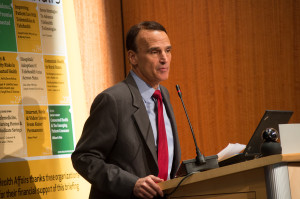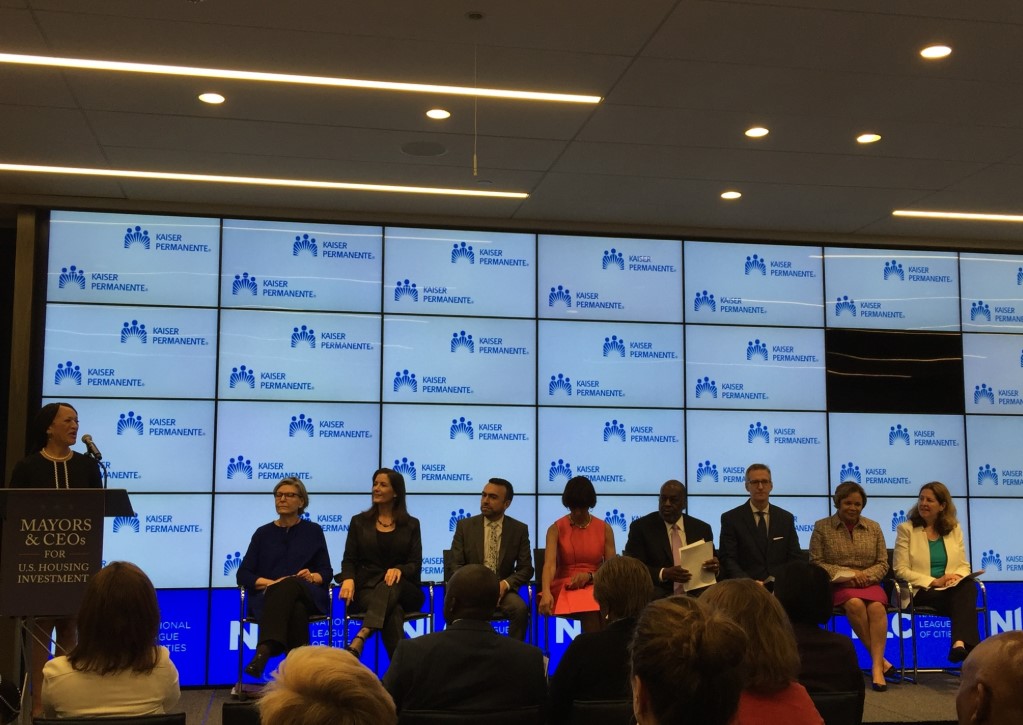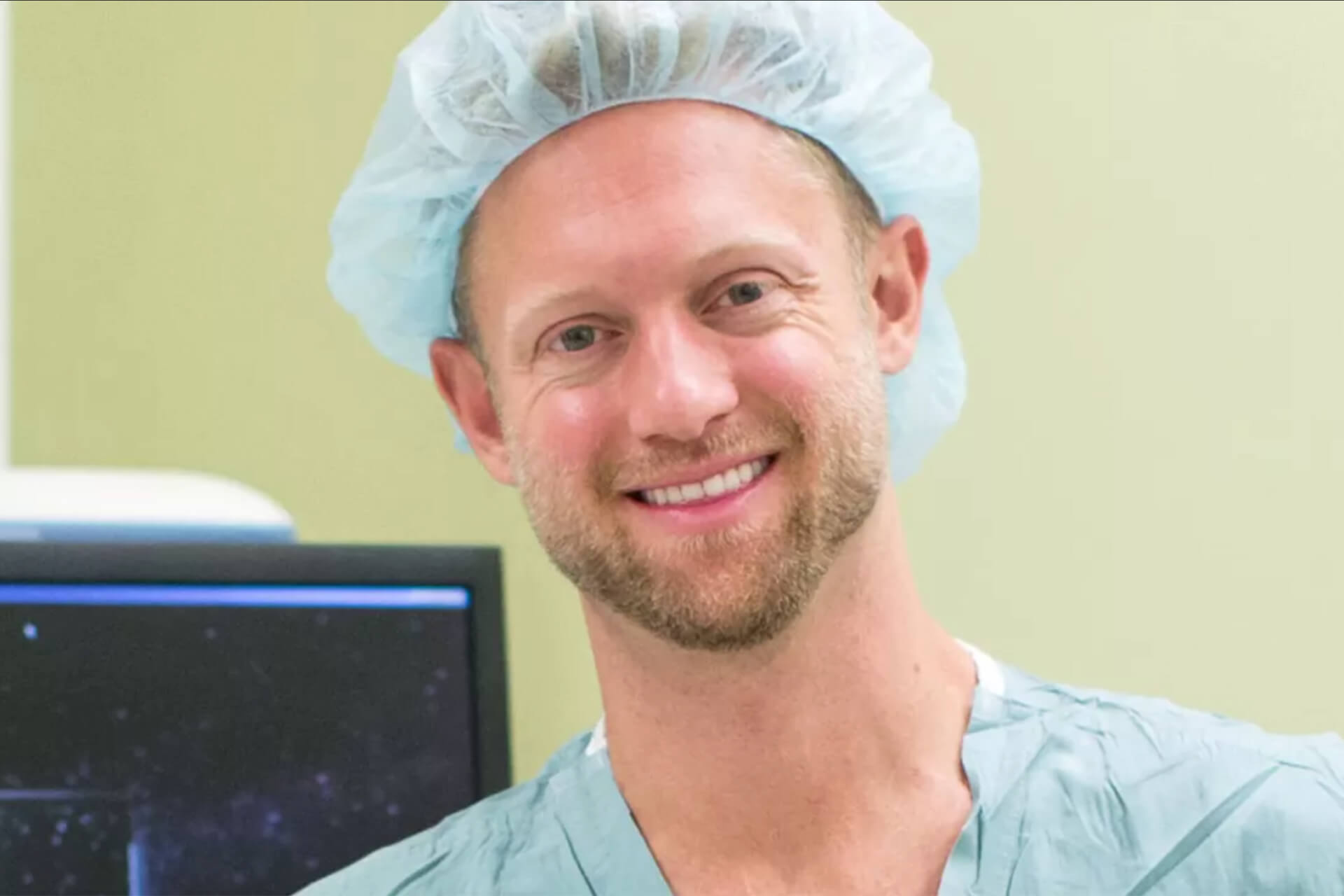
“Connected care” is gaining more momentum in the health care industry. Health care providers are adopting electronic health records with federal support and standard setting. Consumer electronics makers and applications developers are offering more tools and devices for consumers to track and manage their health. Patients have more options for accessing care and information, and communicating with care teams.
On February 4 in Washington, DC, Dr. Robert Pearl, CEO of The Permanente Medical Group, shared Kaiser Permanente’s experience as a leader bringing electronic tools to its 3.4 million Northern California members in a discussion sponsored by the journal Health Affairs. Here is Dr. Pearl’s article in the recent issue and a video recording of the event and slides.
Dr. Pearl shared his optimism that health care is poised to be transformed by electronic technology in ways similar to the retail, travel, and finance sectors. He also noted some barriers in the way, including a predominantly “fee-for-service” payment model that fails to incentivize non face-to-face care or investments in information systems geared to prevention and care coordination. “We can’t just lay technology on the current system,” Dr. Pearl noted. He cited new payment models such as ACOs, the growing popularity of Medicare Advantage and its “5 Stars” quality incentives, and hospital readmission penalties as all providing momentum for changing behavior of physicians and other parts of the health care system.
The reimbursement barrier was echoed by Dr. David C. Grabowski of Harvard Medical School. Dr. Grabowski described the positive impact of telemedicine to support the care of nursing home residents after hours and on weekends. Telemedicine reduced hospital admissions and inpatient days, but the savings did not accrue to the nursing homes or hospitals. There is currently no “business case” for them to invest in and provide telemedicine services that would improve outcomes for Medicare beneficiaries.
Dr. Pearl shared Kaiser Permanente Northern California’s ongoing journey using innovative technology to transform care delivery and improve patient outcomes and convenience. Dr. Pearl noted that Kaiser Permanente Northern California serves a “tech savvy” patient population seeking convenient, responsive care.
The Kaiser Permanente secure patient portal at kp.org along with physician web pages enable KP members to benefit directly from the integrated electronic health record, KP HealthConnect. Features available on kp.org are now going mobile, enabling patients to make appointments, refill prescriptions, e-mail their physician, check lab results, and engage in virtual care outside the office and normal office hours. The suite of tools developed in response to KP members’ needs has been embraced, with more than 1.2 million KP Northern California members signed up at the end of 2013 to use the secure site’s many features.
Video visits are another exciting and growing option available to Kaiser Permanente Northern California members. Faster internet speeds, “cloud” storage, and ubiquitous mobile phones are enabling Kaiser Permanente to continue to expand the boundaries of care delivery, communication, and member engagement. Dr. Pearl highlighted the role virtual visits are playing in Northern California for vulnerable and at-risk patients who may not be able to come to a clinician visit, or need more continuous contact for safety and monitoring.
The well-attended event sponsored by Health Affairs indicates a growing interest in Washington, DC, to address some of the regulatory and payment barriers that are slowing the digital transformation of health care delivery.
You can follow Dr. Pearl at his blog on Forbes.




